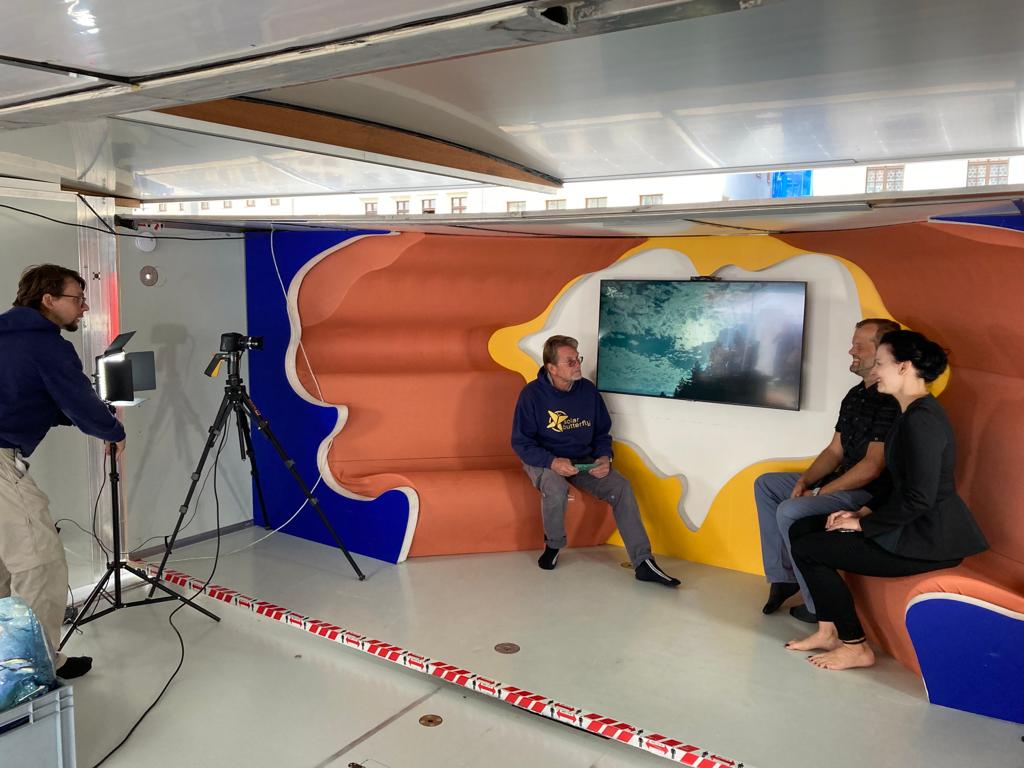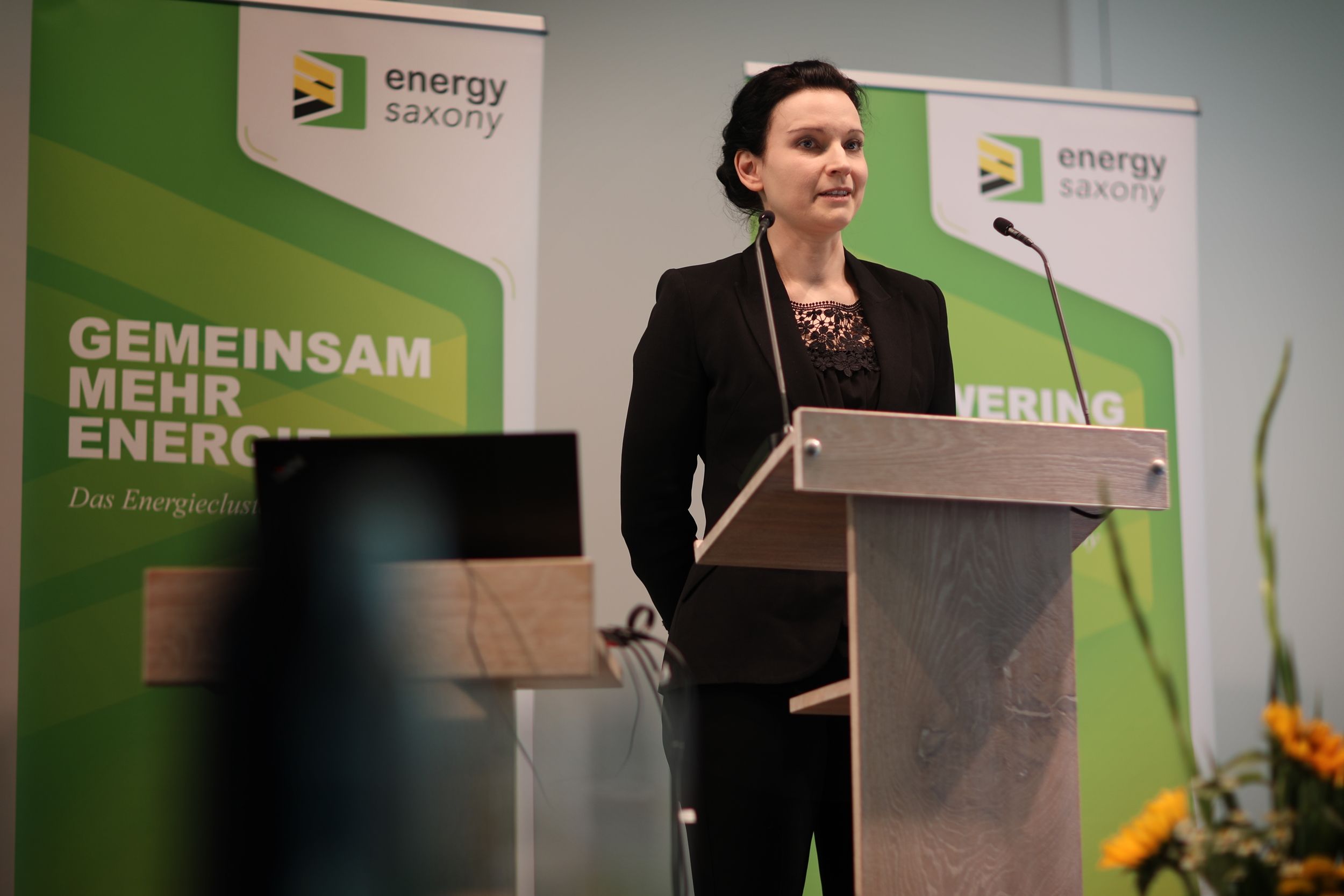Summer 2023: Another ferry with e‑vehicles is on fire. After the sinking of the Felicity Ace in 2021, the Fremantle Highway fire is the second major shipping accident within a short period of time that may have been caused by a battery fire. “Electric cars don’t burn more often than other vehicles,” many now argue. Right! — But when they burn, the consequences are devastating.
There is currently no end to the reports of burning vehicle batteries. Leipzig, Kamenz, Geltingen — and then the Fremantle Highway is also on fire. The cause is still unclear (as of 09/26/2023). That an e‑car was the trigger could not be confirmed, but also not yet ruled out. In addition, experts are investigating whether e‑cars may have contributed to increasing the size of the fire. At least when the ship was unloaded in Rotterdam, an e‑vehicle burst into flames. The fire was extinguished with the help of a container filled with water.
More than any other year, 2023 has now already shown the risks that batteries pose, even in a passive state during storage or transport. The year also highlighted how little fire departments and modern extinguishing technology can do once batteries are on fire. — Be it on land and especially on the high seas.
Is the danger underestimated? Or perhaps even downplayed?
Fact: Strict rules apply to the storage and transport of batteries outside of vehicles, especially when it comes to defective batteries. They are considered dangerous goods. Once the batteries are installed, many things no longer need to be considered.
It so happens that e‑vehicles can be transported by the thousands, along with oil and diesel and, of course, people on ships. Without adequate early warning systems and extinguishing capabilities, as the Fremantle Highway and Felicity Ace fires impressively demonstrate.
Even accident vehicles can theoretically get on ferries with hundreds of passengers without any problems. Who can verify what has happened before with a car that drives and shows hardly any damage from the outside? For an e‑vehicle to catch fire, however, all it takes is errors in production or a short circuit when charging the battery.
Nevertheless, there are hardly any uniform standards so far. The International Maritime Organization (IMO) therefore wants to put more safety precautions for e‑car transport on ships “high on the agenda.”
Until that time comes, shipping companies will have to continue to decide on their own how to deal with the issue of e‑vehicles. While Norway’s Havila Voyages no longer transports e‑vehicles at all, most others see no problem. The German TT-Line even offers charging stations for e‑vehicles.
Passengers and crew have to live with this uncertainty. “That e‑vehicles do not burn more often than other cars is true. But battery fires are hotter and longer. There can be runaway flames and explosions. Toxic gases escape,” explains battery expert Oliver Majetta from NOVUM. “It can’t be dealt with using classic extinguishing agents, especially not in the hold of a ship.” In the case of the Fremantle Highway, several crew members jumped overboard in despair. One person was killed.
In view of the additional dangers for nature, there are now demands that so-called “risk ships” should no longer sail near the coast in order to protect the Wadden Sea. Understandable. But here, too, the question arises: What happens to the people on board when rescue is made even more difficult by long distances and high swells?
Hopefully, new technologies and standards will now be used to prevent even greater disasters with more deaths and injuries in the future.
——————————————————————————————————————–
NOVUM’s AI-based battery diagnostics test systems can check the health of batteries within seconds. Irregularities that can lead to heating, fires or even explosions are noticed, so that timely replacement of the battery is possible.











